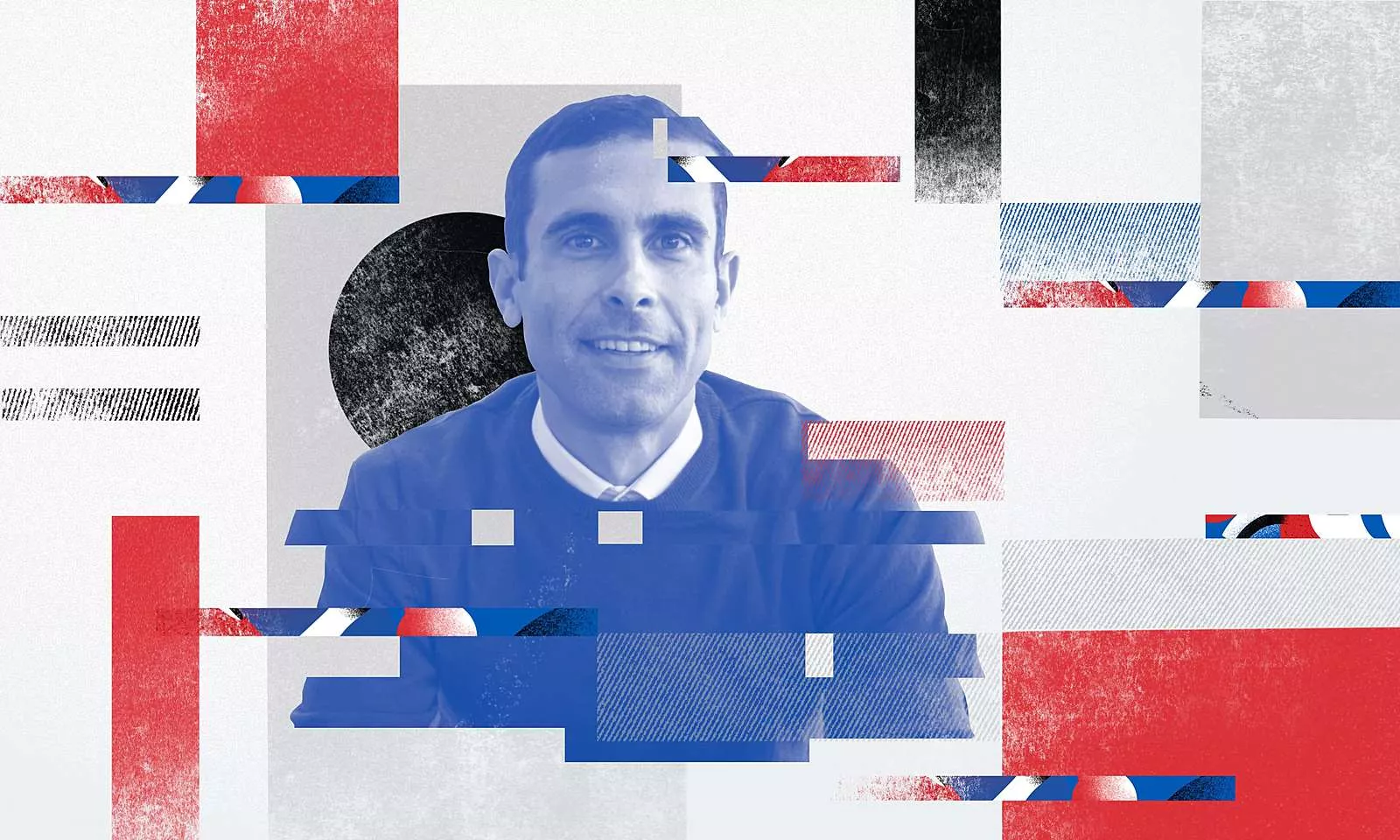Traditionally, consumers have sought information about vehicles at car salons. Today, they find most information within seconds on Google. Do car dealers still have authority in this abundance of information offered, and what is their impact on consumer decision-making?
We discussed this and more in our interview with Nikola Galić, Marketing Manager at Volvo Cars, Adria region.
We need to discuss the elephant in the room first. Is the traditional dealership store a thing of the past?
Although customers still purchase their vehicles at dealerships, a lot of research and influential moments happen online before the final decision-making. Some research suggests that a very high percentage of vehicles buyers, up to 95%, use digital channels as one source of information. Among them, approximately one-third collect all information they need online, from start to making the final purchase. This means it is critical for dealers to make the most out of the moments a shopper goes through before they ever step into the showroom.
Which tools help them persuade modern consumers?
The automotive consumer journey is among the most complex of all industries. There has been a lot of talk regarding how automakers need to worry less about the bricks and intensely work on the clicks. Although online tools can be highly beneficial in the search process, true added value still happens at the dealers’ premises. Here I’m thinking mainly of the test drive experience, final financial package, and additional value for customers involved in the delivery of high valued products and services.
How do you integrate the purchase experience and brand experience of such a high-value product through online and offline channels in Volvo?
For automotive dealers facing these challenges, the goal is to make the digital experience work in harmony with the dealership. For example, after the consumer perceives the initial brand communication messages through the media, the purchase experience starts with an online configurator where the customer goes through available options and builds the desired car from the comfort of their home.
After initial configuration, it is natural that the customer would like to experience the product in person, and this touch and feel experience is something that cannot be delivered online. After each configuration, we offer the customers to book the test drive experience. During and after the test drive, the customer can receive all relevant product information, and the sales consultant has another opportunity to elaborate on the brand story.
In what way would you say you’re going the extra mile in terms of customer experience in-store?
Automotive brands have traditionally invested a lot in the physical experience, and Volvo is not an exception. Volvo Retail Experience is a concept introduced in 2015 with the intention to make the customer feel as relaxed as if they were at home. For example, the customer area called ‘living room’ consists of beautiful Scandinavian furniture, free WiFi, lounge music, refreshing water in Swedish glass, and Fika – the traditional coffee break in Sweden.
But we are also giving the customer a view behind the scenes since the workshop will be visible through glass walls as a part of the unique concept of VPS – The Volvo Personal service. This concept aims to simplify, personalize, and upgrade Volvo’s relationship with the customer with the inclusion of a so-called ‘personal technician.’ That person handles everything related to the car service: From the service appointment arrangement to car service, even the paperwork. Basically, the service advisor becomes the technician, and the technician becomes the service advisor. Like a doctor who knows everything about their patient.
How can physical retailers measure success, efficiency, and gain insight into data like online retailers can?
The most important part of the purchasing process in the automotive industry is the test drive, meaning the main efficiency measurements in a car dealership revolve around that event. For example, at the level of marketing efficiency, we monitor KPIs such as started and finished configurations, test drive/offer request related to overall website traffic, and specific marketing campaigns. At this point, retailers take over so on the retail level we measure percentages of performed test drives in relation to showroom traffic, and afterward the offers issued and the closing ratio.
We strongly believe in our products so we stimulate sales consultants to perform the test drive with every customer entering the showroom. And the numbers are pretty clear – more performed test drives result in more closed deals. So if the retail stores want to increase sales results, the first step is increasing activity in the area of performed test drives. We also think outside of the dealership walls – we’ve developed a mobile pop-up showroom and are organizing events across the region in areas where Volvo doesn’t have official showrooms. It’s important we bring our products closer to the potential customers.
What do you expect will change in the way consumers discover, evaluate, and purchase vehicles in the following decade?
There has been a lot of discussion about the future of sales in the automotive industry and the possibility of selling cars online. The most recent research shows that a vast majority of vehicle shoppers still want the dealership involved in the buying process, and it doesn’t appear that is changing with younger buyers.
That being said, car dealers definitely need to actively increase their online presence and optimize their efforts on traditional marketing channels because digitalization has reduced the need to visit dealerships. Over time, the average number of customer visits to the dealer before buying a car has dropped considerably: From three or four times to around two. This means making a good first impression is even more crucial than before.
What is your advice for other auto retailers if they want to remain competitive?
Stay aware of the importance to keep transforming the customer experience and remain on top of the evolving customer preferences in the area of mobility in order to shape their retail services accordingly.










